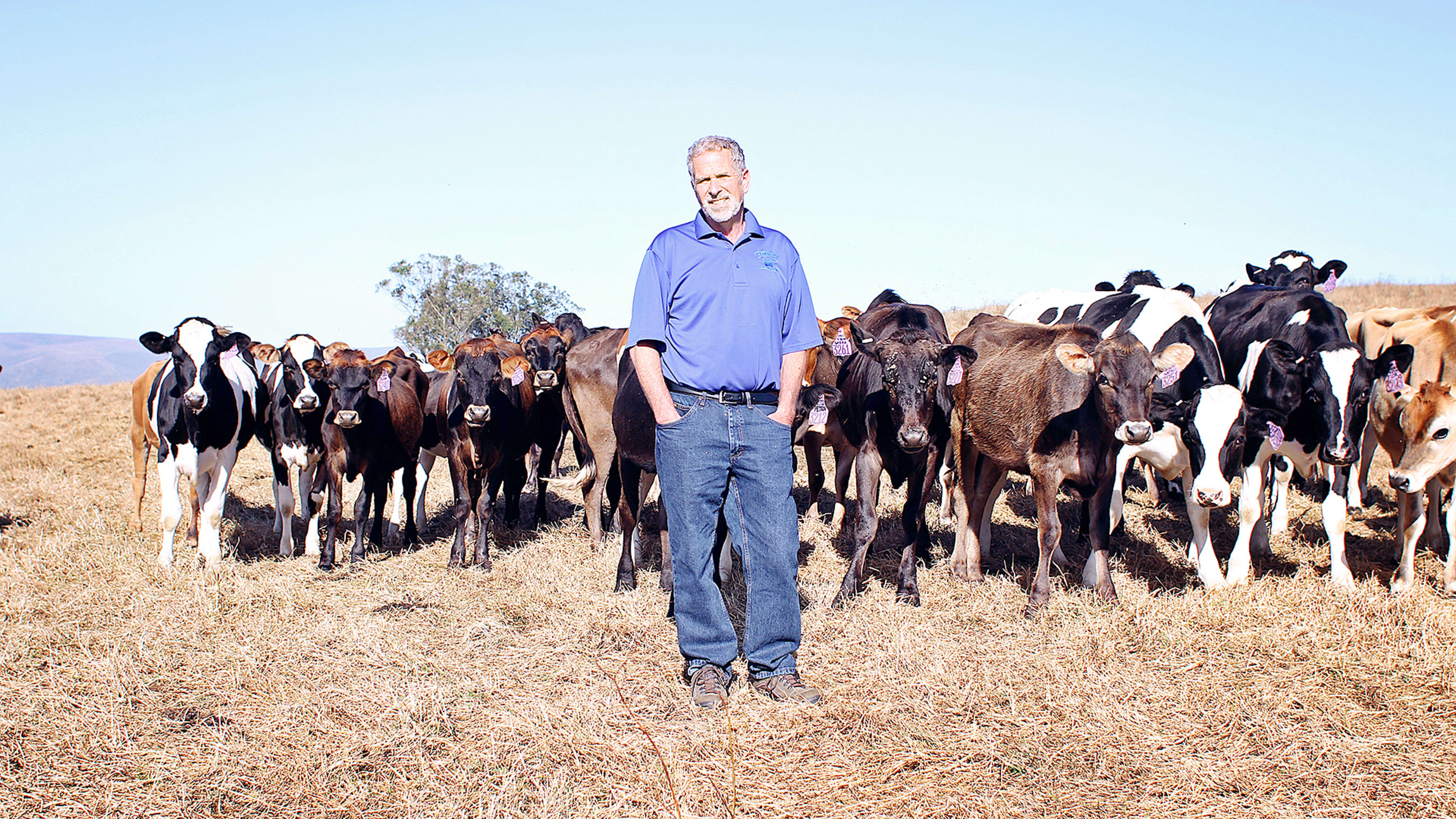At the Straus Family Farm, next to Tomales Bay north of San Francisco, the feed truck that delivers food to nearly 300 dairy cows now runs on electricity generated from cow poop.
That cow poop–normally a source of pollution at a typical dairy, and one of the reasons for the high carbon footprint of an average glass of milk or hunk of cheese–goes in a digester that also generates power for the rest of the dairy. The cattle graze in rotation, helping grasslands store more carbon. Workers are paid well above minimum wage and get free housing. When the nearby Straus Family Creamery delivers the resulting organic milk (also sourced from eight other local farms), it comes in glass bottles that customers can return for reuse.
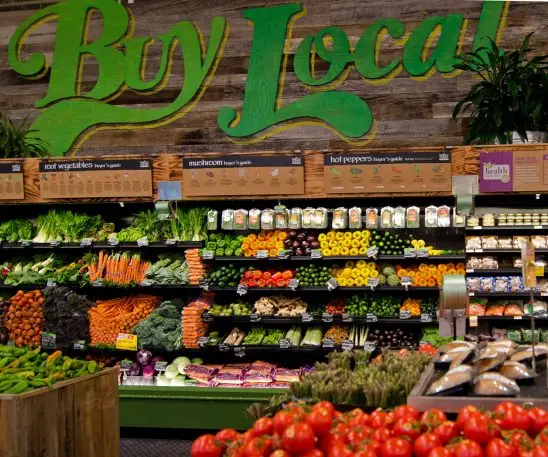
If the deal goes through, an Amazon spokesperson tells Fast Company, “We will want Whole Foods to keep doing what it does best, including working with small farms and producers to bring the best natural and organic foods to customers.” But the company has also suggested that it aims to drive down the cost of food and it may replace more expensive products with its own affordable private label brand. While some producers are optimistic about Amazon’s ability to help their brands grow, the focus on lowering prices worries some farmers that are pushing particularly hard to produce food responsibly.
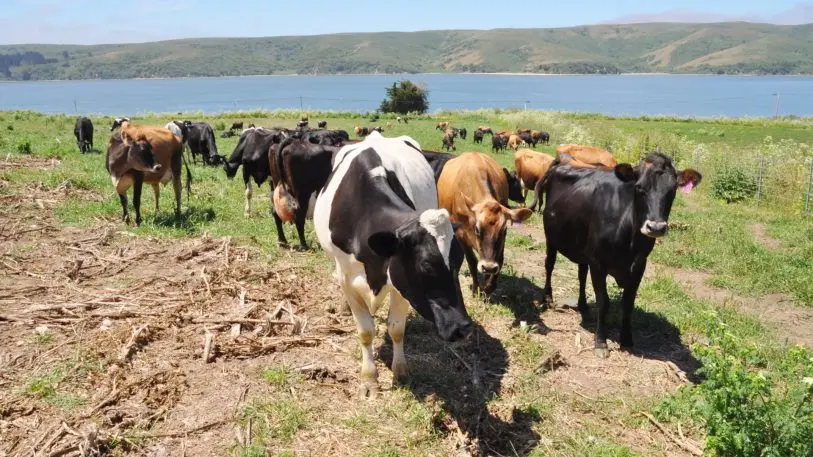
For all of the “Whole Paycheck” jokes, Whole Foods’ prices have arguably been better in line with what it actually costs to make food in a way that protects rural communities and society at large than prices for conventional food at other large grocery chains (that most people in the country can’t afford these prices is a different and equally important issue). At the same Berkeley Whole Foods, one option for eggs, from a local producer called Stueve Organic, costs $8.99 for a dozen; the farm lets its chickens feed on fields after its cows graze, and is the only producer in the U.S. to certify its eggs as “biodynamic,” a label that has stricter requirements than those for organic certification. At a nearby Safeway, a large chain, a dozen eggs from “Value Corner” cost $1.98. The brand makes no claims about benefits for the environment, health, or the chickens, and presumably any additional costs–such as the cost of pollution–are passed on to society rather than to the consumer.
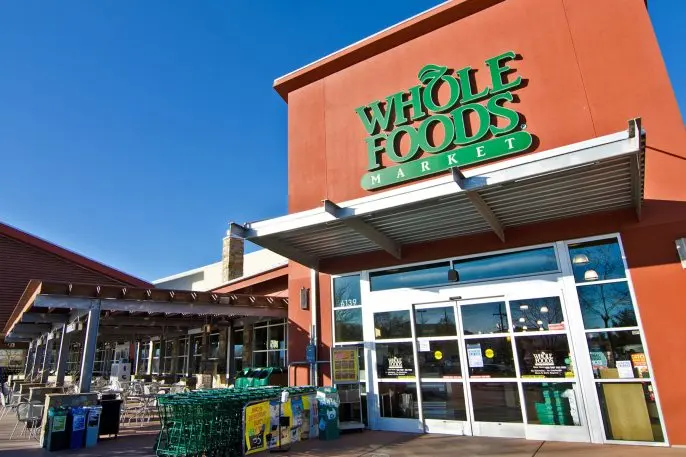
The organization recently published an open letter to Whole Foods CEO John Mackey from a group of farmers who worked closely with the grocery to bring more sustainable, humanely raised pork to market, noting that Whole Foods was “vital” to their success. For other smaller and mid-size producers with premium products, Whole Foods is sometimes a key buyer; Stueve Organic, the egg producer, sells to all of the chain’s locations in Northern California and only a handful of other grocery stores. These producers would argue both that Whole Foods’ support has helped them succeed, and their higher costs are justified.
“We need to have a better discussion in this country about the price of food and what we pay for it, and who bears those costs and how,” Marlow says. “There are many, many ways in which the taxpayer bears the cost of cheap food.” That might come in the form of cleaning up water polluted from less scrupulous practices, or trying to rebuild rural communities that suffered as agriculture consolidated and the number of smaller farms declined.
When Amazon announced its intention to acquire Whole Foods, many small and mid-size farmers and food producers immediately recognized the risk. “It really was a bit of a panic, to be honest,” says Marcy Coburn, executive director of the Center for Urban Education about Sustainable Agriculture, which runs two Bay Area farmers’ markets along with other educational programs. “We already really experience all the time in working with farmers the incredible price pressures that they’re under… What is this actually going to do to producers? Are they going to be told, ‘You either need to sell us this kale for 14 cents a bunch so that we can get organic kale to a million people and if you can’t do it will find someone who can’? That inevitably means that that’s going to be a move toward large-scale, mono crop, chemically intensive farming because that’s how we know how to produce kale at 14 cents for a million people.”
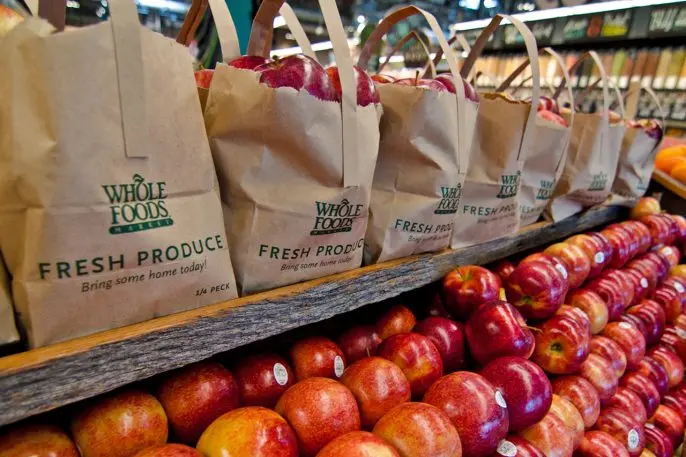
Others, like Coburn, argue that shopping online–whether it’s for individual groceries or meal kits, another area in which Amazon is likely to expand–could have a negative impact on social connections that outweighs the supposed benefits of convenience, and that more consumers might begin to recognize the advantages of taking the time to shop in person at a farmers market or a grocery store. Even in retail stores, on the other hand, Amazon has indicated that it is interested in replacing humans with robots.
If the Amazon acquisition of Whole Foods is completed, farmers are concerned that they may lose out not only on fairer prices but also other forms of support. Whole Foods has offered small producers grants to help them improve their products to get into the store, and reserved some shelf space for local products, helping new startups have a chance to launch (a recent move to centralized buying may have already impacted this). “It’s difficult to replace that,” says Straus. “I give credit to Whole Foods for really helping build the local, organic movement. Absent that, it’s going to be working with independents that don’t have the same clout or organization.”

Just as many independent bookstores have thrived despite Amazon, some consumers may be more likely to support small groceries or farmers markets because of it. “There’s always a counter-surge,” says Coburn. “People will see Amazon swallow Whole Foods, they’ll be able to get all of these natural products online delivered to their house, and they’ll decide that they actually want something different from their life. They want to interact with a farmer, they want to see their neighbors, they want to interact with other human beings.”
Farmers, too, may find new ways to market their food. While Straus says that Amazon’s ability to provide producers with access to new markets isn’t useful if the prices are too low to make the food profitable to produce, other online marketplaces–like Good Eggs, which connects consumers with local food–or other new tools might help, particularly as younger consumers continue to demand higher-quality, more responsibly produced food.
“We’re going to have to keep innovating and exploring and attempting to meet consumer needs and demands for things to be not only convenient, but accessible, and affordable, and manageable for working families,” says Coburn. “And that’s going to mean alternative and creative and inspirational ways of getting people access to the food.”
Recognize your brand’s excellence by applying to this year’s Brands That Matter Awards before the early-rate deadline, May 3.
